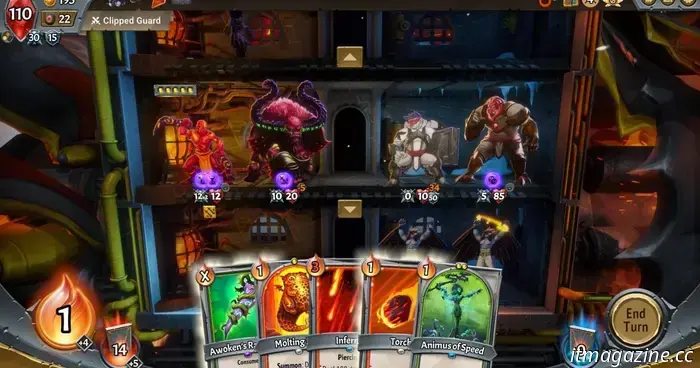
Monster Train 2 stays true to its roots with a solid, yet challenging sequel.
Monster Train 2 stands in contrast to the Ship of Theseus.
Its predecessor, Monster Train, is a refined card-based roguelike where players battle monsters across three levels of a train, protecting their pyre at the top while battling evil angels in Hell. Monster Train 2 flips this concept: instead of defending against angels, players work together with them and devils to reclaim Heaven from corrupt Titans. Both games intersperse their seven or so battles with shops and random events. The art styles and gameplay remain consistent. Minor, subtly introduced changes set the sequel apart from the original. However, upon closer inspection, the core experience appears nearly identical, albeit five years later.
How few elements can be altered while still creating a game that feels like it’s advanced? This was the thought I had while approaching Monster Train 2. The first game exceeded expectations despite its simple art and minimal narrative, while the sequel boasts sharper, more vibrant visuals. However, the Heavenly environments are less distinctive compared to the levels in Hell. Ultimately, this is insignificant, as players spend most of their time in the four chambers of the train, which maintain a consistent appearance. At some point, recalling how to play Monster Train 2 feels akin to remembering the path to the store: the frequent repetitions cause everything to blend together, including memories from its predecessor.
A challenge arises with recreating the same game: players who enjoyed the first installment, who are likely the most enthusiastic about the sequel, already understand how to conquer it. The development team recognized this, designing Monster Train 2 with returning players in mind. The narrative builds upon the previous game with only a brief explanation. Additionally, battle effects are more intricate. For instance, rather than the original "spikes" (which deal fixed damage to any unit that attacks yours), there’s now “pyregel,” which attaches to enemies and amplifies damage inflicted on them. As a result, the initial levels of the sequel are easier compared to the original. New elements such as room cards and equipment cards provide bonuses on a floor and to individual units, respectively. However, the overall difficulty has been escalated to balance the new advantages.
Whereas Monster Train posed a challenge, its sequel is even more demanding. Even the Covenant Zero difficulty serves as a tutorial that requires careful deck-building. I found that I needed to experience multiple defeats on Rank 1 to level up my clans, acquire better cards, and ultimately surpass the damage thresholds encountered around level 5. Certain enemy teams induced groans every time they appeared, as it was clear my damage output was insufficient.
On the flip side, a run that starts poorly can still lead to victory. Unlike its genre counterpart Slay the Spire, there were no moments of impending doom where I could predict a series of losses before actually failing. If I could navigate through a battle, even with my pyre at low health, there remained a chance of overcoming the next challenge. Additionally, I found enjoyment in Challenge runs, which impose restrictions and preset bonuses at a designated Covenant level. These can be difficult but seem intentionally challenging, if not more fair than standard runs.
As is often the case with these games, losing doesn’t feel too disheartening if you’re still unlocking artifacts and making progress. It took me around 15 hours to enter runs where I wasn’t unlocking at least one new feature. By that point, with my unlocked clans and new cards, each run became considerably more diverse and enjoyable compared to those from five hours prior. In this regard, Monster Train 2 has refined the steady flow of content during what I would term the early game (the initial runs and progression through the story). Thus, although the difficulty may have been daunting, I still had fun throughout.
Monster Train 2 is designed not only for fans of the first game but also for those who wish to extend the experience of discovering the game — when familiarity exists, but victory remains elusive. Its parallels to the original raise the existential question I posed earlier: if most elements of a game remain unchanged, why create a sequel instead of a DLC? Other similar games also provoke this query. Slay the Spire 2 and Hades 2, both set to release soon, depend on their resemblance to their predecessors for attraction. A sequel’s role is to maintain the essence of its predecessor while offering enough substantial differences to justify its existence, whether by refining the earlier creation or providing a greater volume of content.
Monster Train 2 leans towards the latter, presenting a slightly more polished version of the original, packed with additional content for fans to explore. It sacrifices memorability for immediate engagement, a tradeoff that is understandable. However, like the first game, the memories of my time battling Titans are already fading.

Other articles
 Samsung's One UI 7 is great, but adjusting this particular setting enhances its performance.
I implement an important adjustment to the notification display in One UI 7, which significantly enhances the software experience.
Samsung's One UI 7 is great, but adjusting this particular setting enhances its performance.
I implement an important adjustment to the notification display in One UI 7, which significantly enhances the software experience.
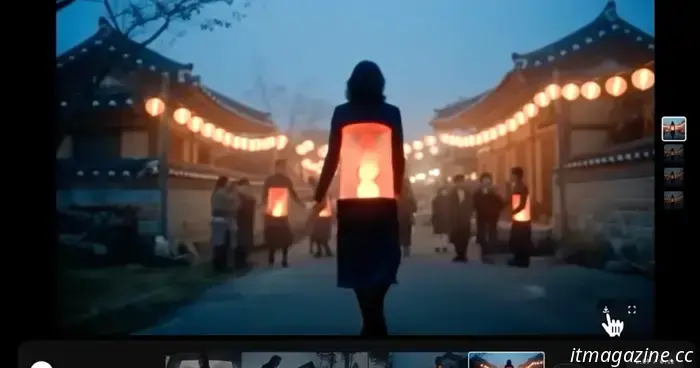 Google's latest Flow tool introduces AI capabilities to video production.
Google I/O 2025 This article is part of our comprehensive coverage of Google I/O Updated less than 8 hours ago Google's most recent I/O event, held on Tuesday, highlighted a remarkable growth of AI throughout its expanding lineup of products, introducing new generative tools such as Imagen 4 for images, Veo 3 for video, and Flow […]
Google's latest Flow tool introduces AI capabilities to video production.
Google I/O 2025 This article is part of our comprehensive coverage of Google I/O Updated less than 8 hours ago Google's most recent I/O event, held on Tuesday, highlighted a remarkable growth of AI throughout its expanding lineup of products, introducing new generative tools such as Imagen 4 for images, Veo 3 for video, and Flow […]
 Highlights from the Computex 2025 awards: The technology that wowed us most.
Computex 2025 showcased a wealth of thrilling technology, ranging from smart rings to the latest GPUs and stunning displays.
Highlights from the Computex 2025 awards: The technology that wowed us most.
Computex 2025 showcased a wealth of thrilling technology, ranging from smart rings to the latest GPUs and stunning displays.
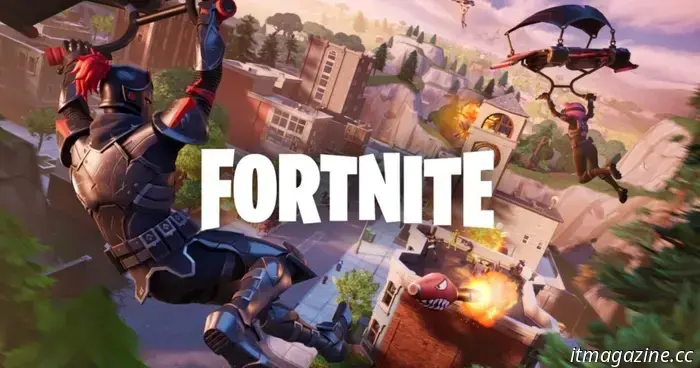 Fortnite has made its return to Apple’s App Store… in a way.
Epica Games' Fortnite has finally returned to Apple's App Store after a five-year hiatus, but the situation isn't entirely simple.
Fortnite has made its return to Apple’s App Store… in a way.
Epica Games' Fortnite has finally returned to Apple's App Store after a five-year hiatus, but the situation isn't entirely simple.
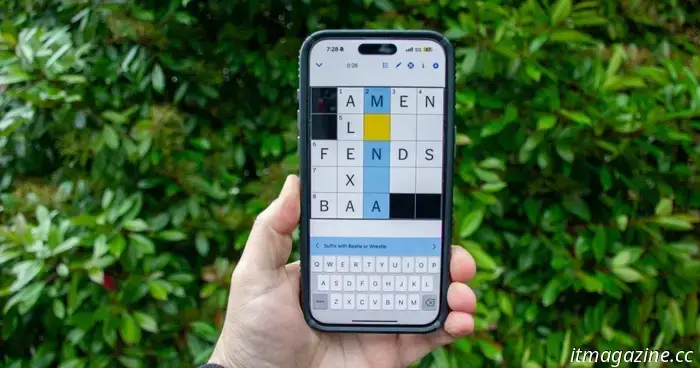 NYT Mini Crossword today: answers for the puzzle dated Wednesday, May 21.
NYT Mini Crossword today: answers for the puzzle dated Wednesday, May 21.
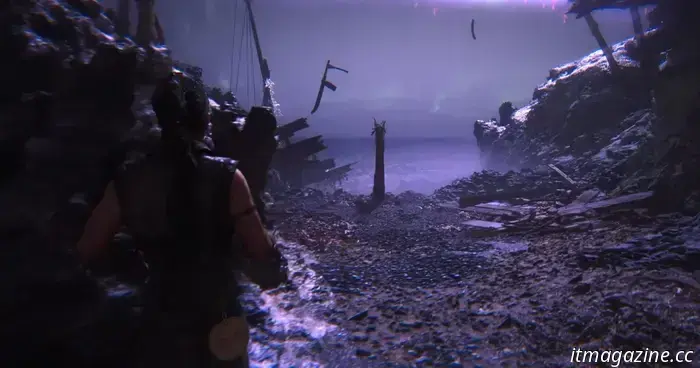 Another esteemed Xbox exclusive is set to be released on PS5.
Players of PlayStation 5 will soon be able to immerse themselves in an atmospheric representation of Viking-age Iceland.
Another esteemed Xbox exclusive is set to be released on PS5.
Players of PlayStation 5 will soon be able to immerse themselves in an atmospheric representation of Viking-age Iceland.
Monster Train 2 stays true to its roots with a solid, yet challenging sequel.
Monster Train 2 doesn't significantly set itself apart from the original, but it does introduce some new challenges.
